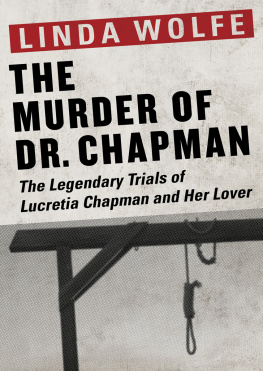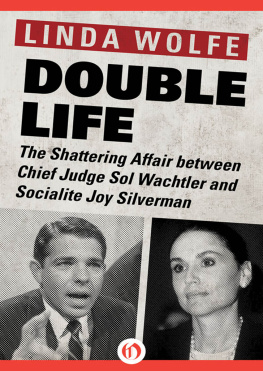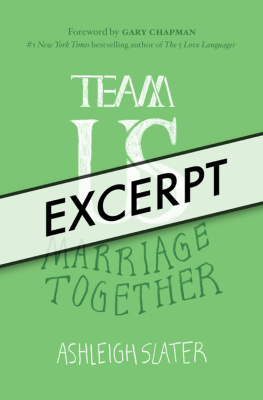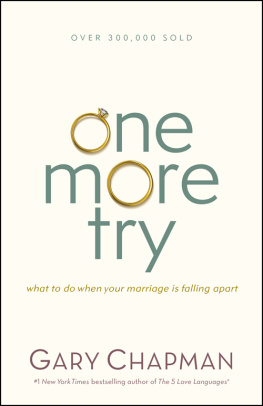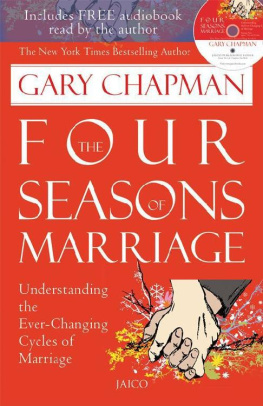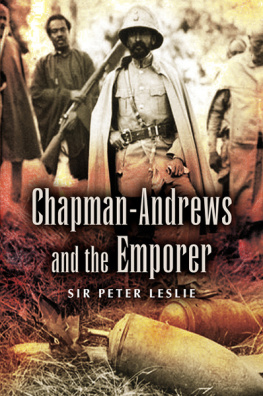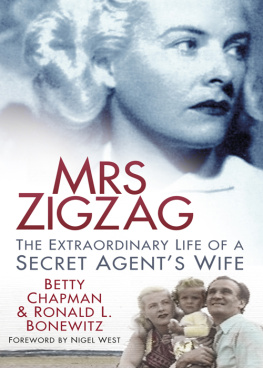The Murder of Dr. Chapman
The Legendary Trials of Lucretia Chapman and Her Lover
Linda Wolfe

Epilogue
L UCRETIAS THEATRICAL CAREER WAS only partially a success. She joined a troupe of strolling players and toured in various parts of the country, but from time to time theatergoers realized who she was and shunned her performances. In Cincinnati, in November 1834, she was hissed and booed off a stage. How she has fallen! a Philadelphia man wrote to one of his brothers after reading of the incident, and went on to marvel at the fact that degraded as her present occupation is, even [out West] the finger of scorn is pointed at her and she is greeted with hisses and general disaffection.
Did she deserve such scorn? Was she as lacking in guilt as her acquittal had implied, or was she in fact a woman upon whose lips an enigmatic smile sometimes played as she slipped into her costumes or fashioned her hair, the smile of a woman who has gotten away with murder? Her neighbors thought this might be the case, so did many of her former friends, and in time in Bucks County she came to be viewed as having been every bit as evil as the well-known poisoner whose Christian name she shared, the infamous Lucretia Borgia.
I myself see her differently, see her as a woman maligned by Lino and consequently by history, for Lino has had the last word till now.
I dont think she participated in Williams murder. But I do suspect she was an accomplice after the fact. Its my belief that the secret things Lino told her the last time he set foot in Andalusia were that he had killed William, that if he was apprehended he would blame the murder on her, and that if she knew what was good for her shed get him out of her way by recommending him to her relatives at the Cape and keeping her mouth shut about both his revelations and where he was going. As we know, she recommended him to her relatives and kept silent about that last conversation.
I could find no solid clues to what became of Lucretia after her abortive performance in Cincinnati in 1834, although one 1909 commentator on the case said she worked for a time as a silhouettist, drawing and cutting out the black profiles that were so popular in her day. But he also said she died in 1841 in Florida, and Floridas archives contain no record of the death in that year of either a Lucretia Chapman or a Lucretia Winslow.
Perhaps she changed her name to hide her identity. Quite likely, said a Tallahassee archivist who helped me in my search. Probably a lot of the people who came to Florida in the early 1840s were trying to hide something. Otherwise why come here? The state was mostly a mosquito-infested swamp.
Whether or not she changed her name, and wherever it was that she died, Lucretia did die in 1841. She was fifty-three years old. After her death, her remaining property was sold at auction, and each of the children received a one-fifth share of the proceeds. They were all still minors, except for Mary. Little is known about what became of the children except that William Jr., who apparently inherited his fathers scientific bent, attended college, graduated, and became a dentist and that Mary went to live in Massachusetts with her Winslow relatives.
The Chapman house itself, situated as it was just off the turnpike, struck its first buyer as an ideal spot for a tavern. He turned it into one, the Old Union, and it remained a tavern until being bought in 1861 by a Reverend Doctor Horatio Thomas Wells, who turned it back into a school, first a school for boys seeking moral, religious and intellectual training, then a college he founded and named Andalusia College. Today none of the original house remains, and a Catholic church, the Church of St. Charles Borromeo, occupies the corner of Lucretias land that faced the turnpike, which still exists, albeit jammed now with automobiles. But across the way from the church theres a dilapidated old brick-and-stucco structure. That building was standing at the time of the murder youre writing about, said an expert on the early architecture of Bucks County who was helping me locate sites mentioned in my research.
I imagine it might have been the Boutchers farmhouse.
As to William, he was as unfortunate in the manner in which his name lived on after his death as he was in the manner of that death itself. His scientific work faded into oblivion. And the inscription on his tombstone seems to have done so, too. According to the records of All Saints Episcopal Church in Hulmeville, where he was buried, William is still interred in the churchs graveyard. But although when I visited the graveyard I saw in the oldest part of the yard the tombstones of quite a few Chapmans who were buried there in the first years of the nineteenth century, I saw no stone for Williamat least no stone with his name. Most of the tombstones in this antiquated section of the graveyard are sturdy gray slabs with clearly legible inscriptions. But one stone is different from all the others. It is so bubbly and disintegrated that it looks as if it is made of melted sugar, and whatever inscription it may once have borne is totally indecipherable.
I suspect its Williams, and that Lucretia, out of bitterness or distraction, never put up a proper tablet.
After the Chapman case was over, some of the people who had played roles in the affair lived lives bright with achievement.
The pharmacist Elias Durand became the second vice president of the Philadelphia College of Pharmacy, where his portrait still hangs.
David Paul Brown became even more famous than he was at the time of Lucretias trial and wrote a fascinating book about his career, The Forum, or Forty Years of Practice at the Philadelphia Bar.
Thomas Ross not only got elected to Congress but gained a national reputation by making a speech welcoming California into the Union.
The two men participated in another important trial besides that of Lucretia Chapman, but this time they were allies, not adversaries. In 1838 they were hired by a black abolitionist to help prevent an escaped slave named Basil Dorsey from being reclaimed by his Maryland owner. Brown did the talking for his and Rosss side, arguing that the slave owner from whom Dorsey had fled had offered no evidence to show that under the laws of Maryland he was entitled to own a fellow man.
His client didnt have to introduce such evidence, said his lawyer. Everybody knows that Maryland is a Slave State.
Brown thundered, Everybody is nobody! Common report does not pass before a court of justice. Then, arguing that he couldnt believe Marylands laws would allow such an egregious offense as slave owning, he demanded that a copy of the laws be produced, but insisted it be a certified copy.
The slave owners counsel didnt have a certified copy of Marylands laws with him, and asked for time to get one.
Brown and Ross maintained that until such time as he produced the document, the case ought to be dismissed.
It was dismissed, at least temporarily, and while the court was in recess, Dorsey was hurriedly spirited off to New England. The judge who dismissed the case was John Foxa man, said the abolitionist whod hired Brown and Ross, with human feelings [even] if he was a judge.
Some of the other figures in the book had more troubled, checkered, or even tragic lives.
Sheriff Morris had so many nightmares about having pulled the rope that ended Linos life that he quit law enforcement and became a tavernkeeper.

